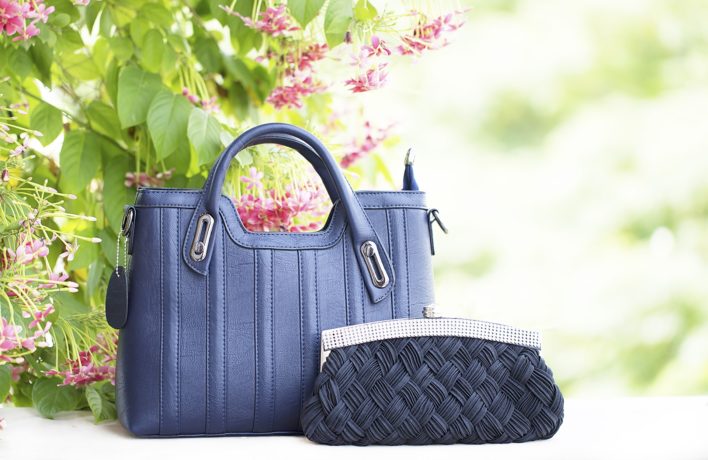
Hermes is a French luxury brand who sell very expensive things.
$840 is cheap compared to $10,000 handbags and $4000 sweaters.
But when $840 gets you a rock it doesn’t look like such a bargain.
Yes, Hermes will hand over a ‘one of a kind’ river stone with a calf skin leather strap for your hard earned cash.
They handily suggest it could be used as a paperweight.
Mind you I’m not sure people who buy $840 paperweights sit at the kitchen table opening the electric bill and looking for items to weight it down with…
While some brands are creating slightly absurd ways to remove money from people there is another trend happening.
Buyers have new ways of communicating their consumption and are looking for the substance behind a brand rather than just a shiny exterior.
Campaign Live have done a large feature on the changing shape of marketing and the opportunities for brands to tell their story.
The creative director at brand strategy consultancy Futurebrand points out that luxury is now about the story behind a product:
“If you’re spending a lot of money on things, you want to be sure it’s worth it. If brands are clear about their story, they create space between a luxury brand and something that’s a few tiers below,”
The article goes on to say:
So if old luxury is characterised by over-consumption and ostentation, the new luxury involves people looking for the story behind a brand or label. Rather than buying things for buying’s sake, there is a need for authenticity. Better-educated and smarter, consumers no longer need the authority of designer brands in quite the same way, ushering in a more subtle sophistication to luxury.
This isn’t isolated to luxury goods.
Even B2B purchasers are being attracted to the purposeful little guy over the slick behemoth.
To be a true authority in your market you must be able to tell your story.
Give your prospects a peek behind the curtain and see what makes you tick.
Without out the only differentiator is price and you’re participating in a race to the bottom.
